Brand Home General Year Information The 1962 Oldsmobiles were introduced on September 22, 1961. The turbocharged F-85...
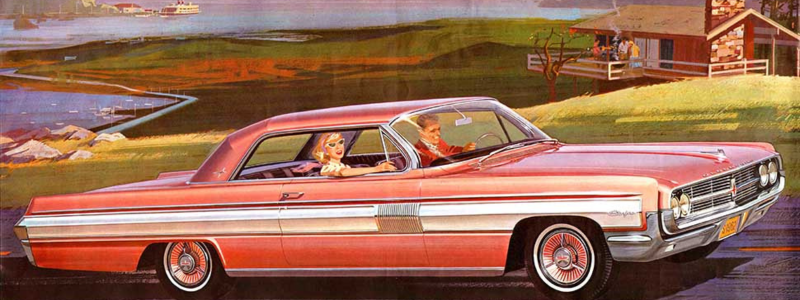

Includes Print Ads, Press Releases, Sales Brochures, Posters, Cards, Dealer Sheets, and other Artwork.
Includes Bulletins, Parts Catalogs, Owners Manuals, Stylist Drawings, and other information created by the manufacturer for informational and other purposes.
Features & Articles from our Magazine Archive as well as materials written and collated by our staff.
A collection of road tests collected from various sources including our Magazine Archive.
Manuals to assistance in the repair and service of a vehicle. The manuals are accessible if you are a Dues-Paying Members only.
Technical Information and Specifications Including AMA Info
1901 – 1905
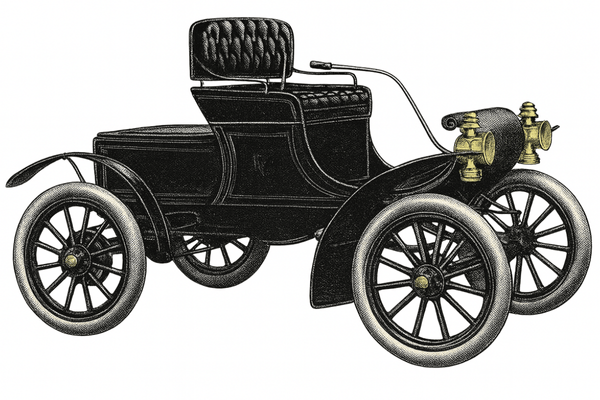
1904
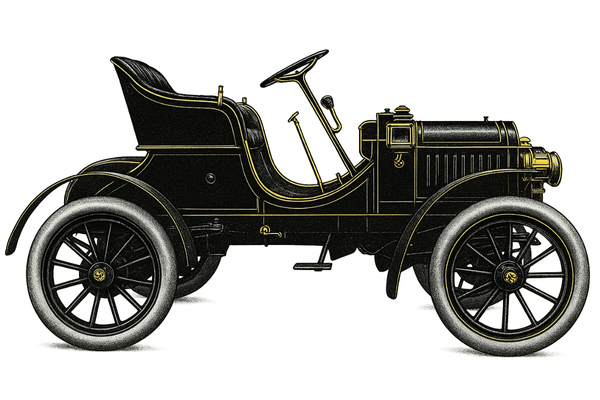
1904 – 1905
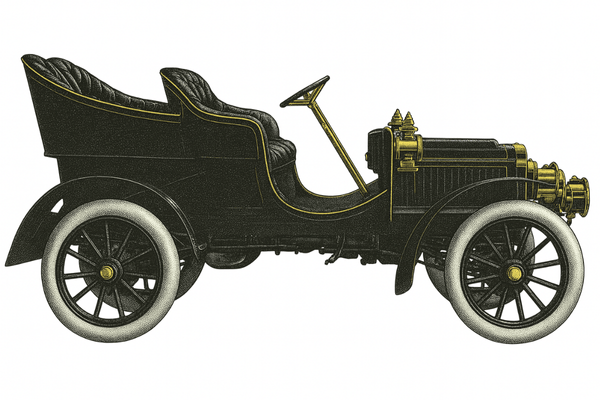
1904 – 1905
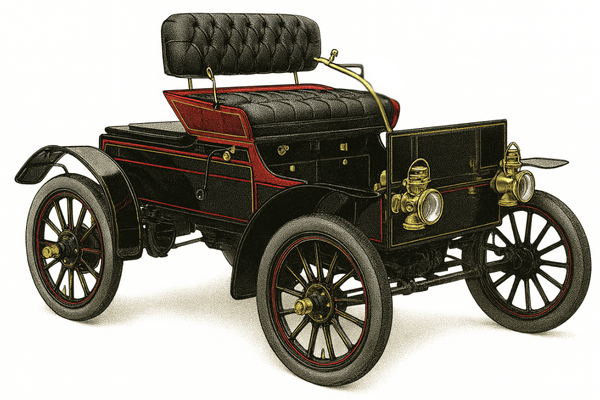
1905 – 1906
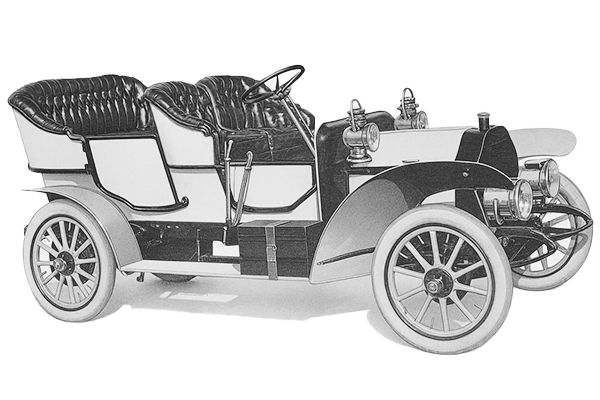
1906

1908 – 1909

1908 – 1909

1909

1909

1909

1910

1910

1910

1910

1911

1911

1911
1912

1912

1912 – 1913

1913

1914

1914 – 1915

1915 – 1916
1921 – 1923

1916 – 1917

1917 – 1920

1917 – 1921

1921 – 1922

1921 – 1923

1923 – 1927

1928 – 1938

1929 – 1930

1932 – 1938

1939 – 1942

1939 – 1942

Year – Year

Year – Year

Year – Year

Year – Year

Year – Year

Year – Year

Year – Year
1897 – 2004
Detroit, Michigan
Oldsmobile was founded by Ransom E. Olds in 1897. The company was originally named the “Olds Motor Vehicle Company” and was one of the earliest automobile manufacturers in the United States. They later became a part of General Motors (GM), which was founded by William C. Durant. Oldsmobile became one of the divisions within the GM family of automotive brands. The final Oldsmobile, an Alero, rolled off the assembly line in April 2004, marking the end of the brand’s 107-year history.
List Info by Year and tabs by Decade
1897 – Ransom E. Olds founded the Olds Motor Vehicle Company in Lansing, Michigan, with financial backing from Samuel L. Smith. The firm produced its first prototypes — steam and gasoline powered — marking the birth of Oldsmobile as one of America’s first automobile manufacturers.
1898 – Oldsmobile began moving operations toward Detroit under investor Samuel L. Smith, while Ransom Olds built the company’s first racing car — the “Olds Pirate” — to showcase the promise of gasoline power. Experimental prototypes were also developed, setting the stage for the Curved Dash and Oldsmobile’s role as a pioneer in mass automobile production.
1899 – Olds Motor Vehicle Company was reorganized into the Olds Motor Works with Detroit financier Samuel L. Smith’s backing. Operations moved to a large new factory in Detroit — the biggest in the U.S. at the time — with plans to build 500 cars annually. Ransom Olds favored small runabouts while his investors leaned toward larger cars, setting the stage for both success and future conflict
1900 – Oldsmobile began large-scale automobile production at its new Detroit factory, building about 400 gasoline-powered cars in a single year — making it one of America’s leading producers. The company experimented with both large luxury cars and small runabouts, reflecting a split between Ransom Olds’ vision of an affordable car for the masses and his investors’ desire for prestige models.
1901 – A devastating factory fire destroyed nearly every Oldsmobile prototype except the Curved Dash runabout. Ransom Olds seized the moment, putting the Curved Dash into production as America’s first mass-produced car. Affordable, reliable, and widely marketed, it became the foundation of Oldsmobile’s early success and placed the company at the forefront of the young American auto industry.
1902 – Oldsmobile put the Curved Dash into true mass production using a progressive assembly-line system, producing about 2,500 cars and becoming America’s largest automaker. Affordable, dependable, and widely marketed, the Curved Dash established Oldsmobile as the first brand to bring the automobile to the American middle class.
1903 – Oldsmobile built 4,000 Curved Dash cars, making it the largest automaker in the world. The Curved Dash became a cultural icon for dependability, but internal disputes between founder Ransom Olds and investor Samuel Smith over the company’s direction foreshadowed major changes in leadership.
1904 – Founder Ransom E. Olds resigned from Olds Motor Works after conflicts with investors, immediately establishing REO Motor Car Company. Oldsmobile continued producing around 5,000 cars, but its leadership shifted focus toward larger, more expensive cars, marking the beginning of a new era without its namesake founder.
1905 – Oldsmobile ended production of the Model R after more than 19,000 were built, closing the chapter on America’s first mass-produced car. In its place, the company introduced multi-cylinder models like the two-cylinder Model B and four-cylinder Model L, marking a strategic shift toward larger, more expensive cars under new management.
1906 – Oldsmobile transitioned firmly into larger, more expensive cars, with models like the four-cylinder Model L touring car and the Model S Four. While still offering small roadsters, the brand increasingly targeted upper-class buyers, marking its shift from America’s first mass-market automaker to a more upscale position in the industry
1907 – Oldsmobile broadened its lineup with the small, single-cylinder Model A and the larger four-cylinder Model H. This mix of affordable runabouts and upscale touring cars reflected the company’s struggle to define its market position, as rivals like Ford and Buick surged ahead.
1908 – Oldsmobile became one of the founding divisions of General Motors in 1908, gaining stability and resources under Billy Durant’s new corporation. The company transitioned from “model” designations to “series” names and expanded its lineup with multiple two-, four-, and six-cylinder cars. While Ford launched the groundbreaking Model T that same year, Oldsmobile’s integration into GM ensured its survival and future growth as part of a larger automotive family.
1909 – Oldsmobile introduced a full lineup of “Series” cars under General Motors, including the Series 20, 22 Special, 24 Limited, and Series D/DR touring cars. This broadened its appeal across market segments and aligned it with GM’s strategy of offering a car for every purse and purpose. By 1909, Oldsmobile was no longer just a pioneer automaker but an established GM division adapting to the realities of a competitive and consolidating industry.
1910 – Oldsmobile redefined its identity by introducing names alongside series numbers, launching the Series 22 Special and the grand Series 23 Limited. The Limited, with its massive size, powerful six-cylinder engine, and luxury appointments, became a prestige model that rivaled the best in America. The Limited wowed with 42-inch wheels and bold proportions. This strategy positioned Oldsmobile as a brand bridging Buick’s practicality and Cadillac’s exclusivity within GM’s growing portfolio.
1911 – Oldsmobile expanded its lineup with the Series 26 Special for mid-priced buyers and introduced the Autocrat name with the Series 28 and 32, targeting the upscale market. Longer wheelbases, brass trim, and flared fenders emphasized elegance. The Limited continued as the flagship luxury car. With this mix, Oldsmobile became firmly positioned within GM
1912 – Oldsmobile embraced six-cylinder power with the introduction of the Series 53 Six and the smaller Light Six, while still offering four-cylinder cars like the Defender and Despatch. Bigger six-cylinder hoods and enclosed body styles marked progress. This diversified lineup marked Oldsmobile as an innovator within GM, bridging mid-priced practicality with upscale performance and keeping pace with America’s shift toward more powerful automobiles.
1913 – Oldsmobile refined its six-cylinder line while maintaining four-cylinder offerings such as the Defender. More streamlined radiator/hood design and a push toward stylish closed bodies modernized the lineup. The continued use of evocative names alongside series numbers gave the cars a distinct character, while steady production under GM provided stability and direction.
1914 – Oldsmobile expanded its range with the Model 54 Six and the smaller Model 42 “Baby Olds.” The 1914 cars reflected major design changes: longer wheelbases, squarer radiators, and the growing popularity of enclosed body styles. These updates gave Oldsmobiles a more modern, upscale appearance while offering practical, smaller options for everyday drivers.
1915 – Oldsmobile balanced its lineup with the upscale Model 55 Six and the practical Model 43 Four. Major design updates included taller, more refined radiator shells, fuller rounded fenders, and a growing emphasis on enclosed body styles and comfortable interiors. The 1915 cars signaled Oldsmobile’s move toward modern, stylish automobiles for a broad customer base.
List Info by Year and tabs by Decade
1999 – What is important

Brand Home General Year Information The 1962 Oldsmobiles were introduced on September 22, 1961. The turbocharged F-85...
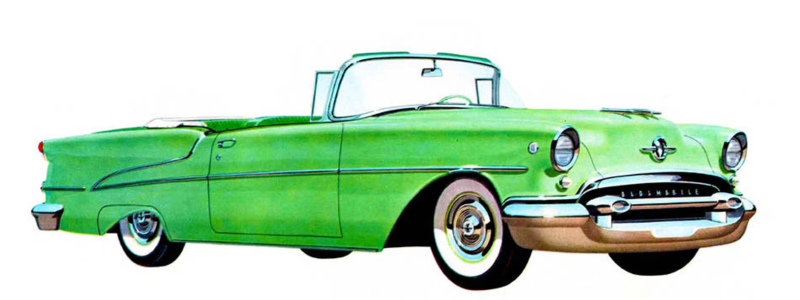
Brand Home General Year Information In 1955 the '54 look was further softened and the grille took on a more oval shape...

Brand Home General Year Information A rather complete styling change was made across the board for Oldsmobile in 1954 with...
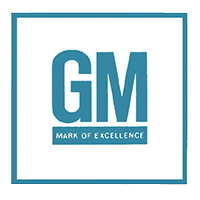
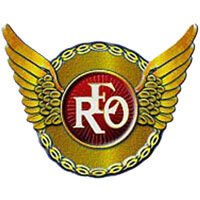
The Hurst Olds partnership was a collaboration between two iconic American automotive companies, Oldsmobile and Hurst Performance, primarily during the 1960s and 1970s. The partnership resulted in the creation of high-performance and limited-edition versions of Oldsmobile’s cars, which are highly sought after by collectors and enthusiasts today
Help us build this section by submitting your Reference Here
Songs have been used for years in marketing. The popular song from 1905, with music by Gus Edwards and lyrics by Vincent P. Bryan. The song is about a couple who court and fall in love during a trip with a new Oldsmobile. Hear Bing Crosby sing a version on YouTube HERE
Help us build this section by submitting your Reference Here
Includes Print Ads, Press Releases, Sales Brochures, Posters, Cards, Dealer Sheets, and other Artwork.
Includes Bulletins, Parts Catalogs, Owners Manuals, Stylist Drawings, and other information created by the manufacturer for informational and other purposes.
Features & Articles from our Magazine Archive as well as materials written and collated by our staff.
A collection of road tests collected from various sources including our Magazine Archive.
Manuals to assistance in the repair and service of a vehicle. The manuals are accessible if you are a Dues-Paying Members only.
Technical Information and Specifications Including AMA Info